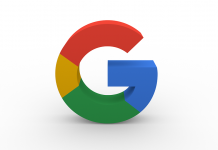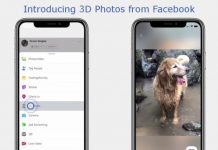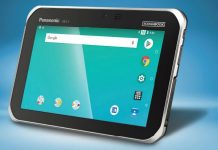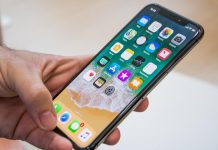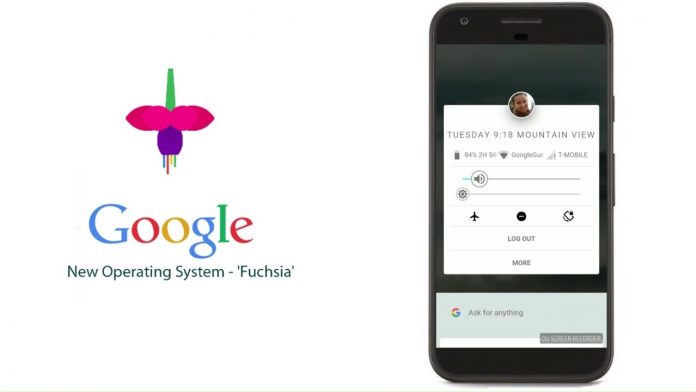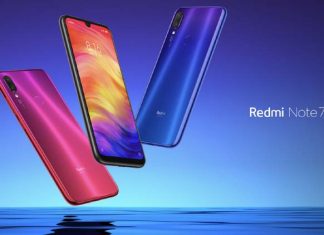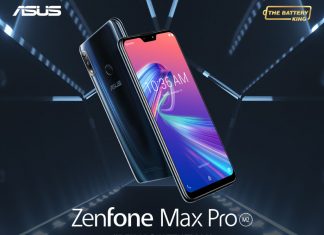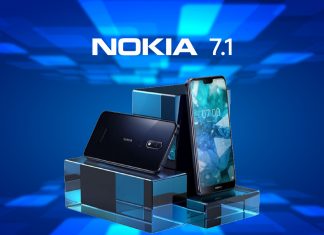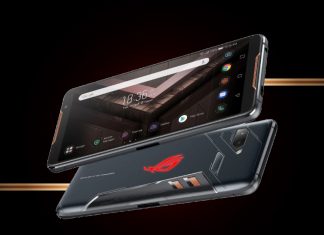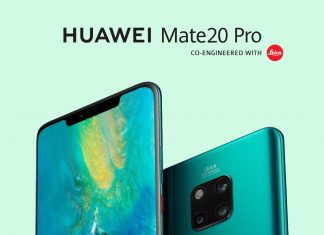It has been a while since Google was in news for its upcoming operating system, the Google Fuchsia. This OS will be a penultimate Google OS which will fuse Google Chrome and Android and is expected to run in smartphones, tablets and Chromebooks.
The early news about Fuchsia surfaced back in December 2017, when Android Police reported about Google testing a new OS names Fuchsia on the Pixelbooks, a flagship of Google Chromebooks. At that time Google was rumoured to be ‘actively’ experimenting on the new OS to replace the existing Android and Chrome and bring in something futuristic. Well, a lot has happened after that and you can get a mild taste of Fuchsia on some of Google Chromebooks. In a way it makes sense for Google to use Chromebooks as a test bed for Fuchsia experimentation, as it is its flagship product.
What is Google Fuchsia?
The principal idea behind this OS is making it all accessible, kind of jack of all trends, but optimizing it for varied platforms and being able to support a motley of applications, be it mill of the run or AR and VR apps. Fuchsia is meant to replace Android and Chrome and it will exist across all devices. You can already understand this approach by Google through what it is currently doing through Android messages and VR video editor.
Google Fuchsia is a hybrid OS which clubs together two distinct UIs that are connected to each other. One is a mobile device centric UI, codenames ‘Armadillo’ and the other being desktop centric UI, codenamed ‘Capybara’. Recently, Ars Technica have been able to run an infant version of Fuchsia on Pixelbook. Having an OS that can run on any hardware is very much a Microsoft Windows inspired move. Windows 10 can be run on any devices, be it mobiles or laptops, or tablets or game console. The entire Windows 10 operating system is controlled at the heart by its kernel, and then it is coded with periphery applications to make it palatable for any devices. Fuchsia too has something similar running at its heart, its kernel is called ‘Zircon’. The kernel is designed is such a way that it constantly upgrades itself to eliminate security risks that comes with running multiple and different applications on different platforms.
Google Fuchsia Design
Fuchsia may be inspired from Microsoft Windows but when it comes to aesthetics it is very much a Google product. The OS has a lot of shadow effects to create more depth in the interface; it is designed using the new Vulkan-based graphics called as ‘Escher’. The OS appears with more dimensions rather than a flat OS which we are used to see. The appearance also utilises a card based outlook, where every app you open is displayed on a card in the screen. You can also open multiple apps and see it on a single card. Applications will look similar and more task based, something Google has developed, called the Flutter. Flutter is a cross-development platform that is allowing developers to create these apps for Fuchsia.
Beyond this Fuchsia is heavily integrated with Google Assistant and will be a search centric OS. This means Google Assistant will work closely with apps to create more insights and actions on your device. Moreover, data analysis will be an intrinsic part of Fuchsia; Google has developed new analytics tool called ‘Cobalt’ which will gather information on app usage inside the OS. It is more of a security patch for Google and right now it is in the process of being developed into a complete system within Fuchsia.
In short, Fuchsia is meant to adopt the best practices of Chrome and Android and dovetail into one robust OS which is efficient with AI and machine learning tools and is also bridges the communication between multiple devices.






